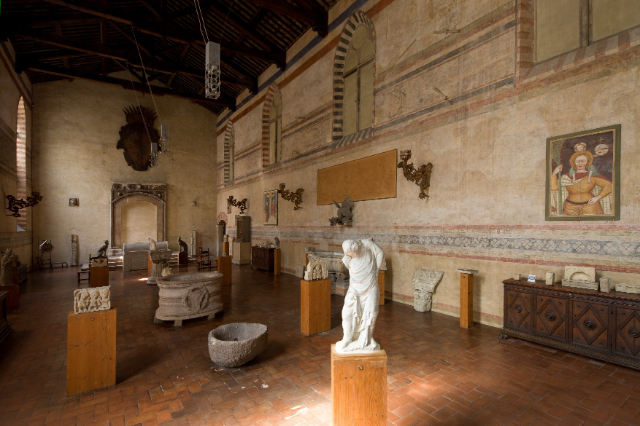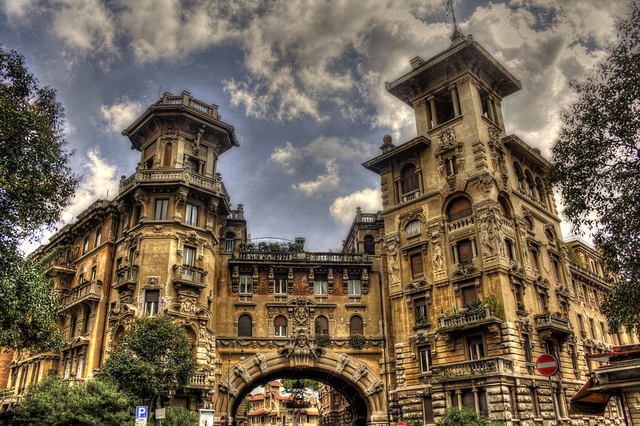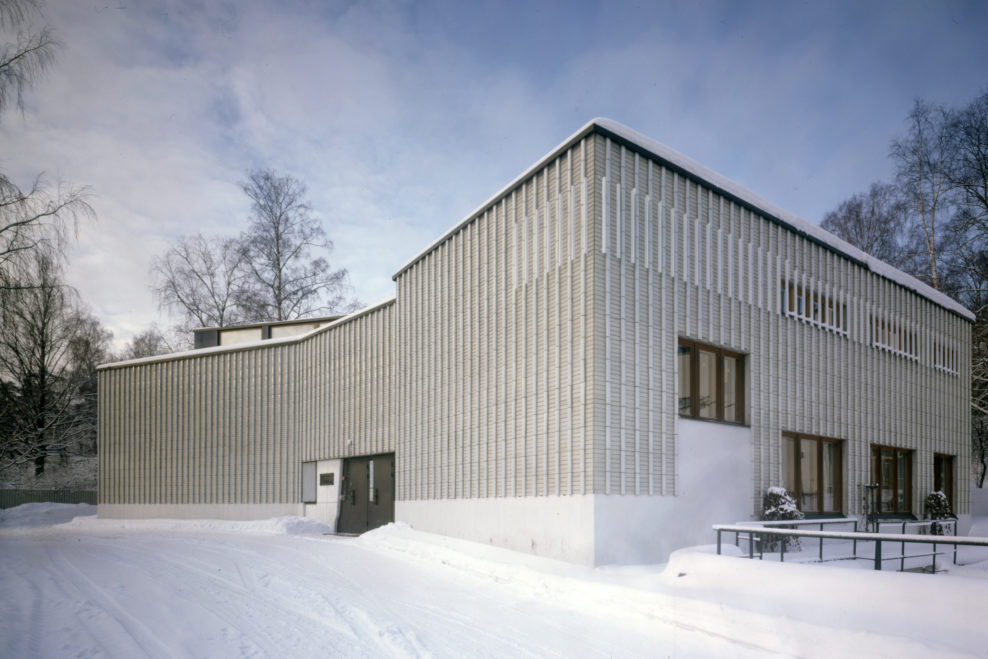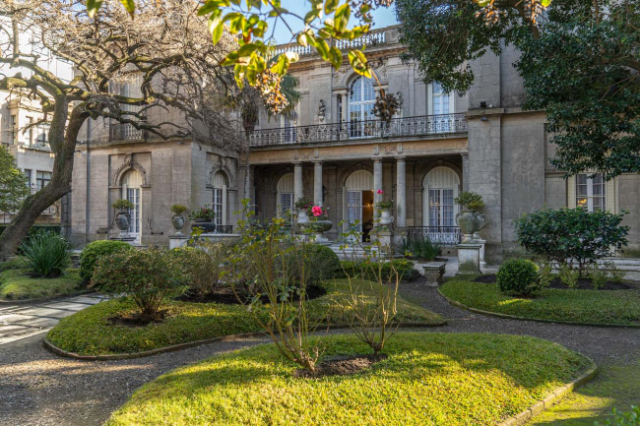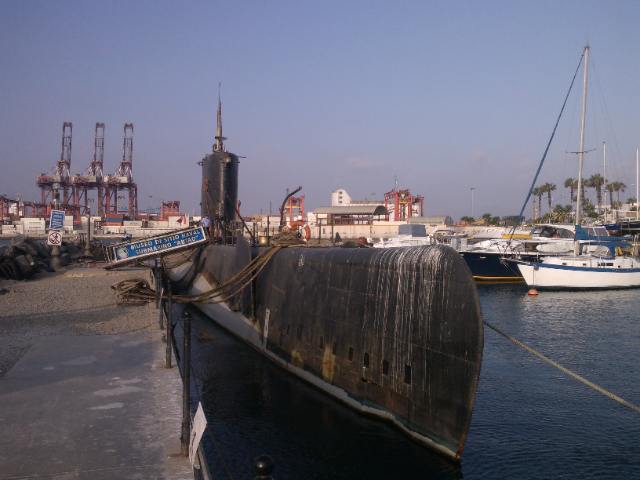Piazza Santo Spirito is the beating heart of Florentine nightlife. With its fascinating basilica with its imposing metaphysical facade dating back to 1792, it is a must-see for lovers of art and the lively Florentine nightlife. However, few know that a real treasure is hidden on the left side of the church.In the striking 14th-century cenacle of the Basilica di Santo Spirito is the Salvatore Romano Foundation, one of the city’s most delightful and hidden museums. This extraordinary antiquarian donated part of his works of art to the city of Florence in 1946 so that they could be displayed in this very space, behind the fresco of the Last Supper painted around 1360 by Nardo di Cione, known as l’Orcagna, together with his brother Andrea.The Foundation houses a collection of medieval and Renaissance sculptures, furniture and paintings. The arrangement of the works, conceived by the antiquarian himself, is characterized by a geometric and perspective view. Inside the spacious room with its trussed ceiling, there is an atmosphere of balance, in which the overall view is privileged over the individual value of the works. There is no chronological or hierarchical order. The sculptures and stone fragments are mounted on simple wooden bases, without frills. It is a timeless place, where two caryatids by the 14th-century Tuscan sculptor Tino di Camaino coexist with a monumental 4th-century Campanian feline head.Salvatore Romano, born in Meta di Sorrento in 1875, was the son of a Navy captain. A passion for antiquity struck him in Genoa while he was studying to follow the family tradition and become a sailor. In 1946, he decided to donate some of his extraordinary works of art to the city of Florence to be displayed in a place he loved deeply. Today, visitors entering the museum can only appreciate Romano’s choice to entrust these wonders to the cenacle of Santo Spirito, creating a final haven for his beloved works of art.
